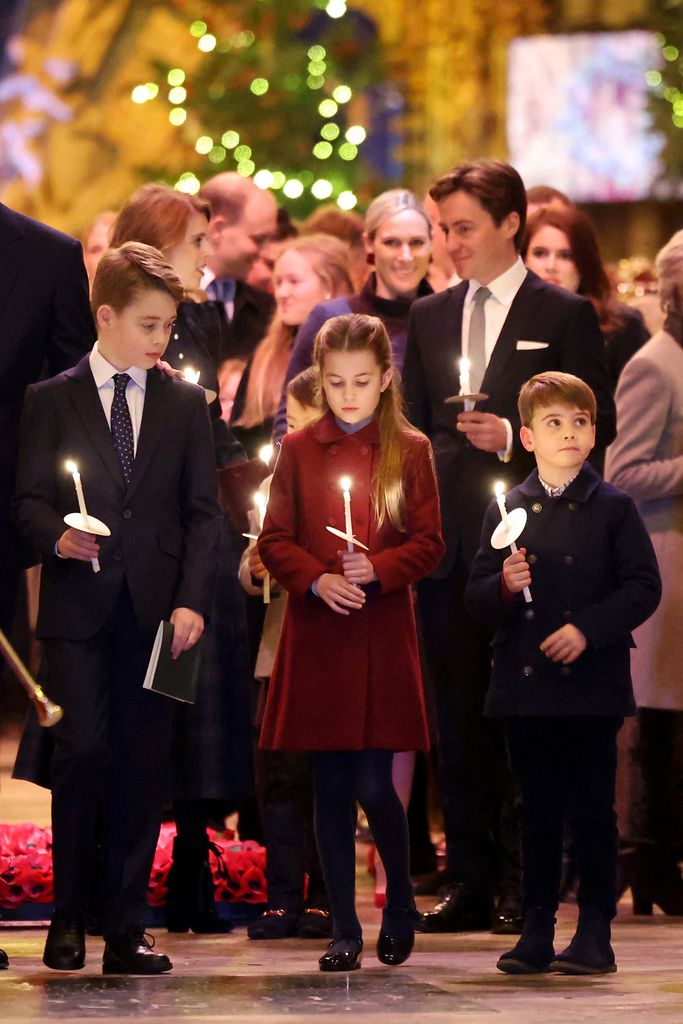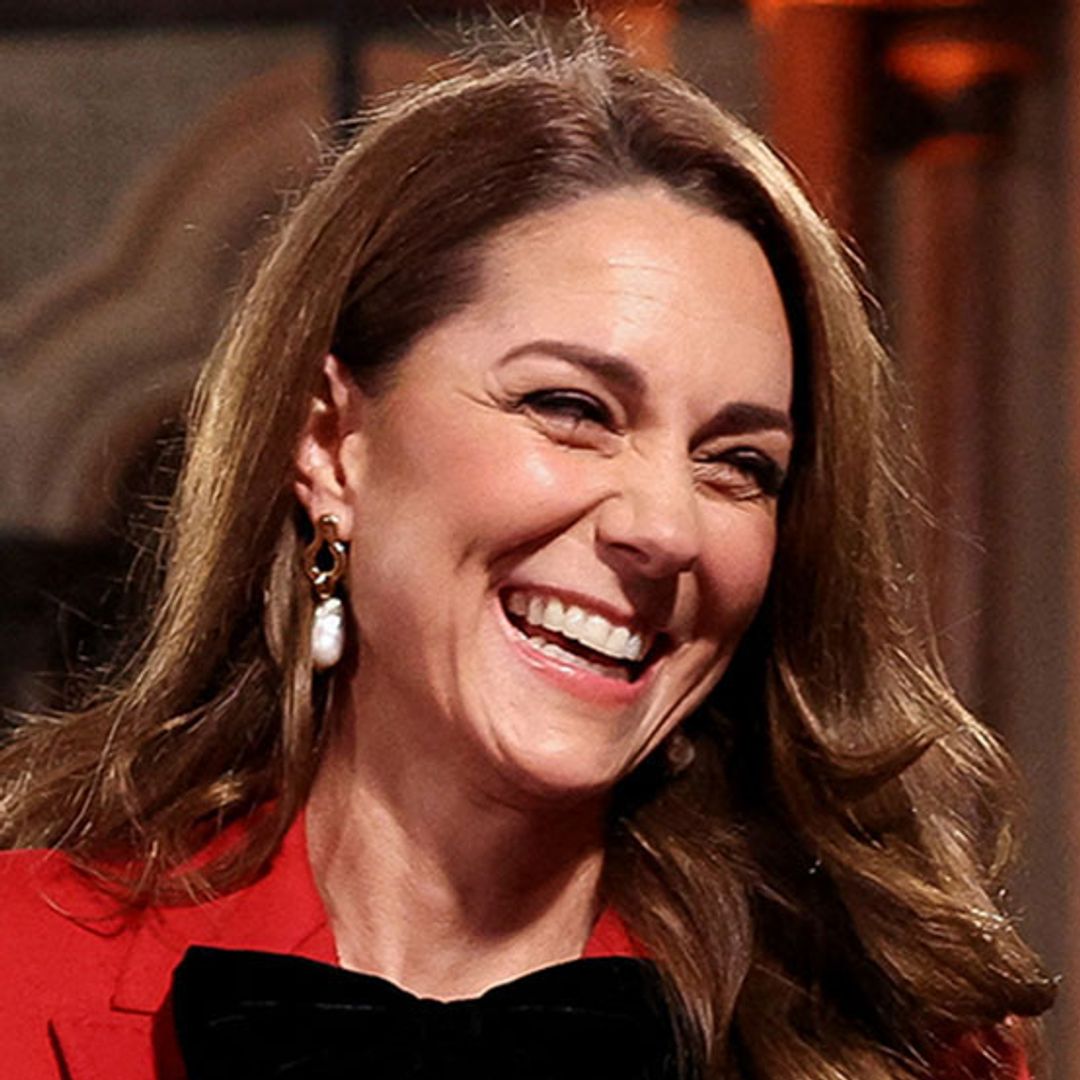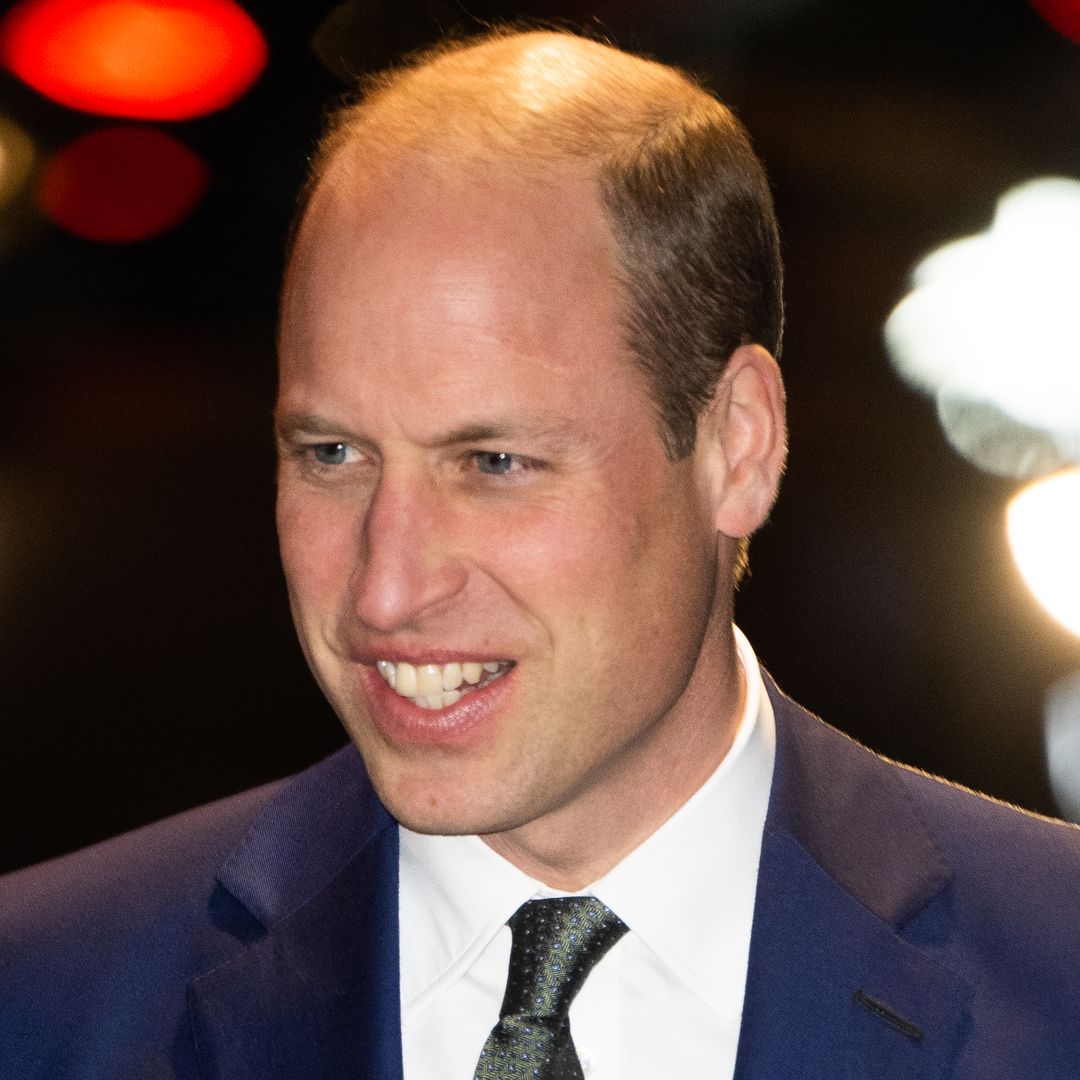The royal family is certainly different than most families across the United Kingdom and one of the most striking differences is how many senior royals don't actually use a surname, instead mainly using their title, i.e. King Charles or Prince William.
Typically, royals are generally referred to the royal house in which they belong too, something which is similar in other European royal families. Due to some changes brought in by the late Queen, there is, however, an official surname for the royal family, although this is typically only employed by royals without a title, much like Prince Archie and Princess Lilibet before they gained their titles.
Read on to find out all you need to know about royal surnames...
What's the history behind royal surnames?
Royal surnames only came into existence after 1917. Before then, members of the British royal family would employ the name of the house or dynasty to which they belonged, such as Hanover - i.e., Queen Victoria of the House of Hanover.
Kings and princes were historically known by the names of the countries over which they and their families ruled, meaning that they signed themselves by their first names only. This ancient tradition remains intact to the present day.
Historically, sovereigns would take the name of their 'House' from their father - much in the same way as children inherit their father's surname. Queen Victoria's eldest son Edward VII belonged to the House of Saxe-Coburg-Gotha.
Following the outbreak of the First World War, George V nonetheless ditched the royal tradition and changed the family's name to Windsor. This radical change occurred as a result of strong anti-German sentiment.
The decision was supposedly triggered by public anger at air raids over London, especially the bombing of a school in the East End. On 13 June 1917, the Germans carried out daylight raids, with one attack killing 18 children. Coincidentally, the bombers used to carry out these devastating attacks were called Gotha IV bombers - the same name as the royal family.
Which surname do the Queen's descendants use?
Although the late Queen confirmed 'Windsor' as the royal family surname when she ascended the throne in 1952, she wanted a separate name for her own direct descendants to better reflect her marriage to Prince Philip.
After eight long years of deliberation, the late monarch and the Duke of Edinburgh managed to reach a compromise. In 1960, it was therefore declared in the Privy Council that the late Queen's descendants, other than those with the style of Royal Highness and the title of Prince/Princess, or female descendants who marry, would carry the hyphenated name of Mountbatten-Windsor - Mountbatten being Philip's surname upon marrying the Queen in 1947.
For the most part, members of the Royal Family who are entitled to the style and dignity of HRH Prince or Princess do not need a surname, but if at any time any of them do need a surname (such as upon marriage), that surname is Mountbatten-Windsor.
The name is still in use today thanks to the late monarch's grandchildren and great grandchildren. Lady Louise and James, Earl of Wessex both use Mountbatten-Windsor as their royal surname. Unless King Charles decides to shake things up, the late Queen's very personal moniker will continue to run in the family through the male line.
What about titled members of the royal family?
"Members of the Royal Family can be known both by the name of the Royal house, and by a surname, which are not always the same," the official royal website reads. "And often they do not use a surname at all."
Members of the Royal Family can also use a last name from their family's official title. For example, Prince Harry and Prince William were known at school and in the military as Harry Wales and William Wales, a surname that derived from their father's official title.
How have Prince George, Princess Charlotte and Prince Louis' names changed?
In his first address as monarch on 9 September, King Charles said that he wanted his oldest son, to be known by his own previous title the Prince of Wales and Kate would become the Princess of Wales, which was last used by William's late mother Princess Diana.
Formerly known as the Cambridge children, Prince George, Princess Charlotte and Prince Louis are now known as the Waleses. News of their name change was first announced in the King's first speech and their new names first appeared in print in the order of procession for the Queen's funeral.
What about first names?
Picking a name for your newborn is tricky at the best of times. Add royalty into the mix and the challenge is even greater! Steeped in tradition, the British royal family have a long history of selecting traditional names.
Princess Kate perfectly summed up the immense pressure she felt when it came to naming her children. During her visit to the Royal Surrey County Hospital, Kate revealed picking their names "felt like quite a big pressure" because "the world was waiting for them to name their children". The Princess of Wales later revealed she simply decided to use her "favourite names".
In recent years, the royal family have veered away from stereotypically regal names in favour of more modern monikers. Princess Anne supposedly came up with the name Zara after she came into the world "rather suddenly" and Prince Harry opted to use the Queen's nickname 'Lilibet' for his only daughter.
Although it's not essential for members of the royal family to seek permission from the monarch, they are nonetheless expected to heed their advice.
With regards to middle names, the royal family typically include multiple names as a way to pay tribute to their relatives. In honour of Lord Mountbatten, Kate and William used Alexander and Louis for their eldest son Prince George.
Prince Harry and Meghan opted for Diana as Lilibet's middle name and both Princess Beatrice and Zara selected Elizabeth as middle names for their respective daughters, Sienna and Lena.















